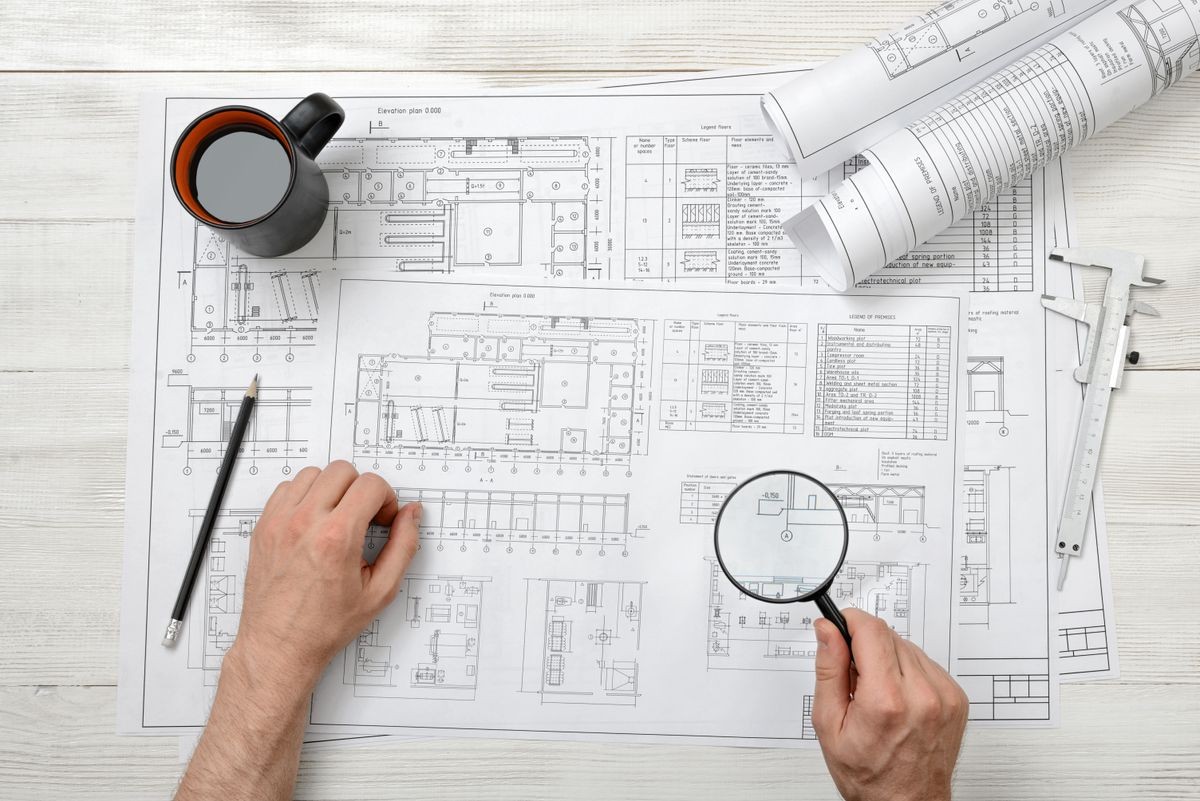Every project is different but the process of fabricating metals is the same. Starting with an idea, this begins our process development cycle. In this stage, everything helps from hand drawings, rough ideas, sketches, pictures, rough measurements and whatever else we can think of. We’ll take all the data points we can gather and from the initial idea we create a first draft and place it on paper.
Product Design
During this stage, our fabricators and designers work collaboratively to discuss necessary alterations to the end product addressing any design conflicts between the initial vision of the project. This collaboration between the metal designers and fabricators is called ‘metal detailing’.
Metal Detailing
Our metal detailers take these drafts and create shop drawings for the metal fabricators adding in all the needed changes to the initial designs and ideas maximizing a successful outcome.
Our metal detailers are half designers and half engineers and will make sure ever product and project can be successfully fabricated and the design will not sacrifice integrity, durability or strength of the product
Computer Aided Design (CAD)
When your metal project depends on exact specifications, our design team will transfer the ideas, the measurements, the materials and all the necessary details into a CAD drawing, 3D model and or computer aided manufacturing software. We can accomodate AutoCAD, Nest and MTC Shape Cutting files. These software programs assist the collaboration and communication between detailers and the designers ensuring all optimizations are included for your product or metal project. Making design enhancements during this stage optimizes our chances products and projects have quality built-in with little to no rework.
Fabrication Cutting & Forming
Our metal fabricators assess the types of methods required for the type of metal and its thickness. For example, lasers aren’t ideal for composite metal materials or metals with many impurities because of the risk of defects in the surface and risk of spray reactions. If the fabrication requires complex steel metal shapes we use plasma tables. Plasma tables are used for intricate shapes and cutting circular holes. Our plasma machines have Computer Numeric Control (CNC) that provide precision cuts in the thickest of metal plates. When it comes to structural steel projects requiring things like large beams sawing is more appropriate. Plate shearing is a cost efficient alternative for steel ductwork applications. Sawing is more appropriate for structural steel projects that require large beams to serve as the backbone for the final fabrication.
Metal forming could require punching, bending, plata and angles rolling. DS Metal work has various machines that we can select for the desired results such as:
Lazer & waterjet
CNC punching machinery
Mechanical press brakes
Plate rolling machines
Angle rolling machines
Multi capability ironworkers for bending, sheering, and punching
Finishing
DS Metal Works employs many finishing techniques such as:
Metal bead blasting to make sure paints and other coating materials bond with the metals surfaces.
Custom painting and drying is possible with our custom controlled paint rooms that quicken the dry times and ensure proper hardening.
Hot-dip galvanizing which coats all alcoves preventing water from compromising the structure’s integrity
Powder coating for thing like metal signs, ornamental railings and other architectural metal applications
Brushing and polishing
Installation
From design, fabrication and installation, DS Metal Works provide a wide-range of techniques that help reduce your project costs and increase your return on investment. Fabrication components can be almost fully assembled at our headquarters and shipped in the most complete form as possible thus requiring less customization in the field. Our on-site welding trucks and can further apply the necessary finishing touches to most jobs. Our surface preparation, final finishing and quality installation services will ensure your quality standards are met.

